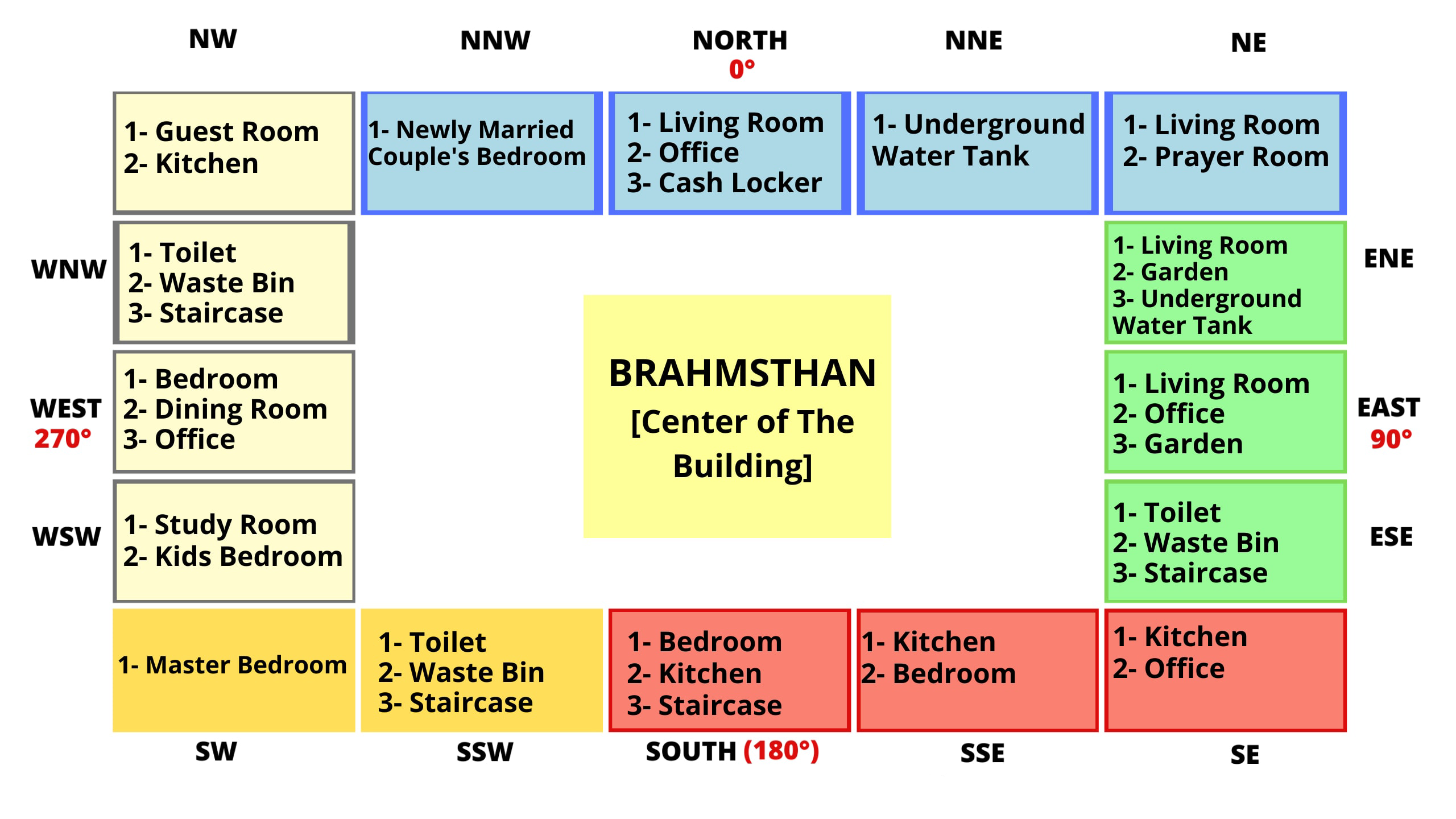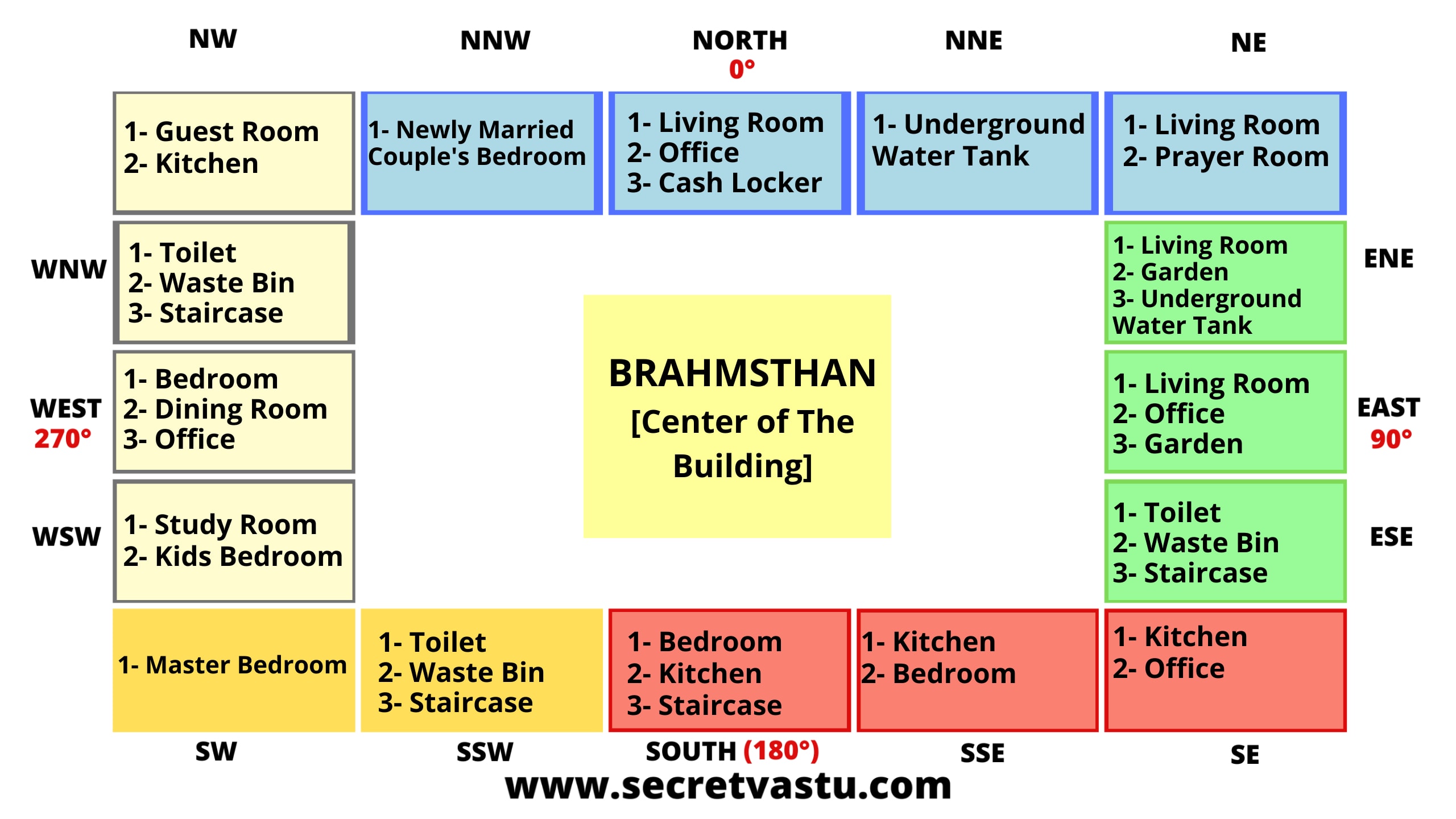Understanding Vastu Shastra and its Application to Toilets and Bathrooms: Vastu Shastra Toilet Bathroom

Vastu Shastra, an ancient Indian system of architecture and design, emphasizes the harmonious relationship between humans and the environment. It believes that the placement and orientation of structures and elements within a space can influence the flow of energy, impacting the well-being of its occupants. This principle extends to toilets and bathrooms, crucial spaces within a home, and their strategic positioning plays a vital role in maintaining positive energy flow.
Vastu Principles Applied to Toilets and Bathrooms
Vastu Shastra Artikels specific guidelines for designing and placing toilets and bathrooms within a home to ensure a positive and balanced energy flow. These guidelines focus on the direction, location, and design elements of these spaces.
- Placement in the Northwest or Southwest Zones: According to Vastu Shastra, the northwest and southwest zones are considered ideal locations for toilets and bathrooms. These directions are associated with the elements of air and earth, respectively, which are believed to be compatible with the energy associated with these spaces.
- Avoidance of the Northeast and Southeast Zones: The northeast zone, representing the element of fire, and the southeast zone, representing the element of water, are considered unfavorable for toilets and bathrooms. Placing them in these zones can lead to imbalances in energy flow and potentially negative impacts on the health and well-being of the occupants.
- Proper Ventilation and Lighting: Adequate ventilation and natural light are essential for maintaining a healthy and positive environment within a toilet and bathroom. Proper ventilation helps to eliminate odors and moisture, while natural light promotes a sense of cleanliness and well-being.
Vastu Doshas in Toilet and Bathroom Placement
While adhering to the principles of Vastu Shastra is beneficial, certain placement errors, known as “doshas,” can negatively impact the energy flow and the well-being of the occupants.
- Toilet Facing North or East: Placing a toilet facing north or east is considered a significant vastu dosha. These directions are associated with wealth and prosperity, and a toilet facing these directions can obstruct the flow of positive energy, potentially impacting financial well-being.
- Bathroom Door Facing the Kitchen: The kitchen is considered a sacred space associated with nourishment and health. A bathroom door facing the kitchen can disrupt the positive energy flow and create an imbalance in the energy of the home. This can potentially affect the health and well-being of the occupants.
- Toilet or Bathroom Overlooking the Main Entrance: The main entrance of a home is considered a vital point for positive energy flow. A toilet or bathroom overlooking the main entrance can create a negative energy flow, potentially impacting the overall well-being of the occupants.
Ideal Placement and Orientation of Toilets and Bathrooms

The placement and orientation of toilets and bathrooms within a house are crucial aspects of Vastu Shastra, as they can significantly impact the overall energy flow and well-being of the occupants. Understanding the principles of Vastu Shastra and applying them to these areas can create a harmonious and positive environment.
Ideal Placement of Toilets and Bathrooms
The ideal placement of toilets and bathrooms in a house is guided by the principles of Vastu Shastra, which emphasizes the importance of aligning these spaces with the cardinal directions to ensure optimal energy flow.
- North-East: This direction is considered the most auspicious for a toilet or bathroom, as it represents the element of water and is associated with prosperity and growth. However, it is important to ensure that the toilet is not directly aligned with the north-east corner, as this could lead to negative energy.
- South-West: This direction is considered the least auspicious for a toilet or bathroom, as it represents the element of earth and is associated with stability and grounding. Placing a toilet or bathroom in this direction can lead to instability, financial difficulties, and health problems.
- South-East: This direction is considered a relatively favorable location for a toilet or bathroom, as it represents the element of fire and is associated with energy and vitality. However, it is important to ensure that the toilet is not directly aligned with the south-east corner, as this could lead to excessive energy and stress.
- North-West: This direction is considered a relatively unfavorable location for a toilet or bathroom, as it represents the element of air and is associated with communication and travel. Placing a toilet or bathroom in this direction can lead to communication problems and difficulties with travel.
Orientation of Toilets and Bathrooms
The orientation of toilets and bathrooms relative to the cardinal directions is another important factor to consider in Vastu Shastra.
- North: This direction is associated with prosperity and growth. A toilet or bathroom facing north is generally considered favorable.
- South: This direction is associated with stability and grounding. A toilet or bathroom facing south is generally considered unfavorable.
- East: This direction is associated with energy and vitality. A toilet or bathroom facing east is generally considered favorable.
- West: This direction is associated with communication and travel. A toilet or bathroom facing west is generally considered unfavorable.
Best and Worst Placement of Toilets and Bathrooms
The following table summarizes the best and worst placements of toilets and bathrooms within a house based on Vastu Shastra principles:
| Placement | Best | Worst |
|---|---|---|
| North-East | Yes | No |
| South-West | No | Yes |
| South-East | Yes | No |
| North-West | No | Yes |
Vastu-Compliant Design Elements for Toilets and Bathrooms

Creating a harmonious and balanced bathroom space according to Vastu Shastra goes beyond just placement and orientation. It involves incorporating specific design elements that promote positive energy flow and well-being. These elements encompass the shapes, colors, materials, and even the fixtures and décor used within the bathroom.
Shapes and Forms
Vastu Shastra emphasizes the use of geometric shapes that align with the five elements of nature: earth, water, fire, air, and space. The ideal shapes for toilets and bathrooms are square, rectangle, or octagonal. These shapes promote stability, balance, and harmony. Circular or triangular shapes are generally avoided as they can disrupt the flow of energy.
Colors, Vastu shastra toilet bathroom
Colors play a significant role in creating a soothing and uplifting atmosphere in a bathroom. Light and calming colors such as white, cream, pastel shades of blue and green, and light shades of yellow are preferred. These colors represent purity, cleanliness, and peace. Avoid using dark or harsh colors like black, red, or brown, as they can create negative energy.
Materials
The materials used in a bathroom should be natural and non-toxic. Wood, marble, granite, and ceramic are all considered auspicious materials in Vastu Shastra. These materials are believed to enhance positive energy flow and create a sense of grounding and stability. Avoid using synthetic materials such as plastic or metal as they can disrupt the natural flow of energy.
Ventilation and Lighting
Proper ventilation is crucial for maintaining a balanced and harmonious bathroom space. A well-ventilated bathroom allows for the free flow of fresh air, removing stale air and odors. Natural light is also important, as it brings in positive energy and creates a sense of openness. If natural light is limited, use warm white or yellow-toned artificial lighting. Avoid using fluorescent or harsh white lights as they can create a cold and sterile environment.
Drainage
The drainage system plays a vital role in maintaining a healthy and balanced bathroom. Ensure that the drainage system is functioning properly and that there are no blockages. A blocked drain can lead to stagnation of energy and create negative vibes.
Vastu-Compliant Fixtures and Fittings
- Toilets: Choose toilets with a smooth, clean design and avoid toilets with sharp edges or corners. Ideally, the toilet should be positioned facing north or east, with the tank facing south or west.
- Showerheads: Showerheads should be positioned so that water falls from above and does not spray directly at the person showering.
- Mirrors: Mirrors should be positioned strategically to reflect positive energy. Avoid placing mirrors opposite the toilet or directly facing the door.
- Taps and Faucets: Taps and faucets should be functional and easy to use. Avoid using taps with sharp angles or edges.
Vastu-Compliant Décor Elements
- Plants: Plants are a great way to bring life and energy into a bathroom. Choose plants that thrive in humid environments and are known for their purifying properties, such as peace lilies, snake plants, and spider plants.
- Art: Hang artwork that inspires tranquility and positivity. Avoid using artwork with aggressive or violent themes.
- Candles: Candles can create a soothing and relaxing atmosphere. Use candles with natural scents, such as lavender or chamomile.
